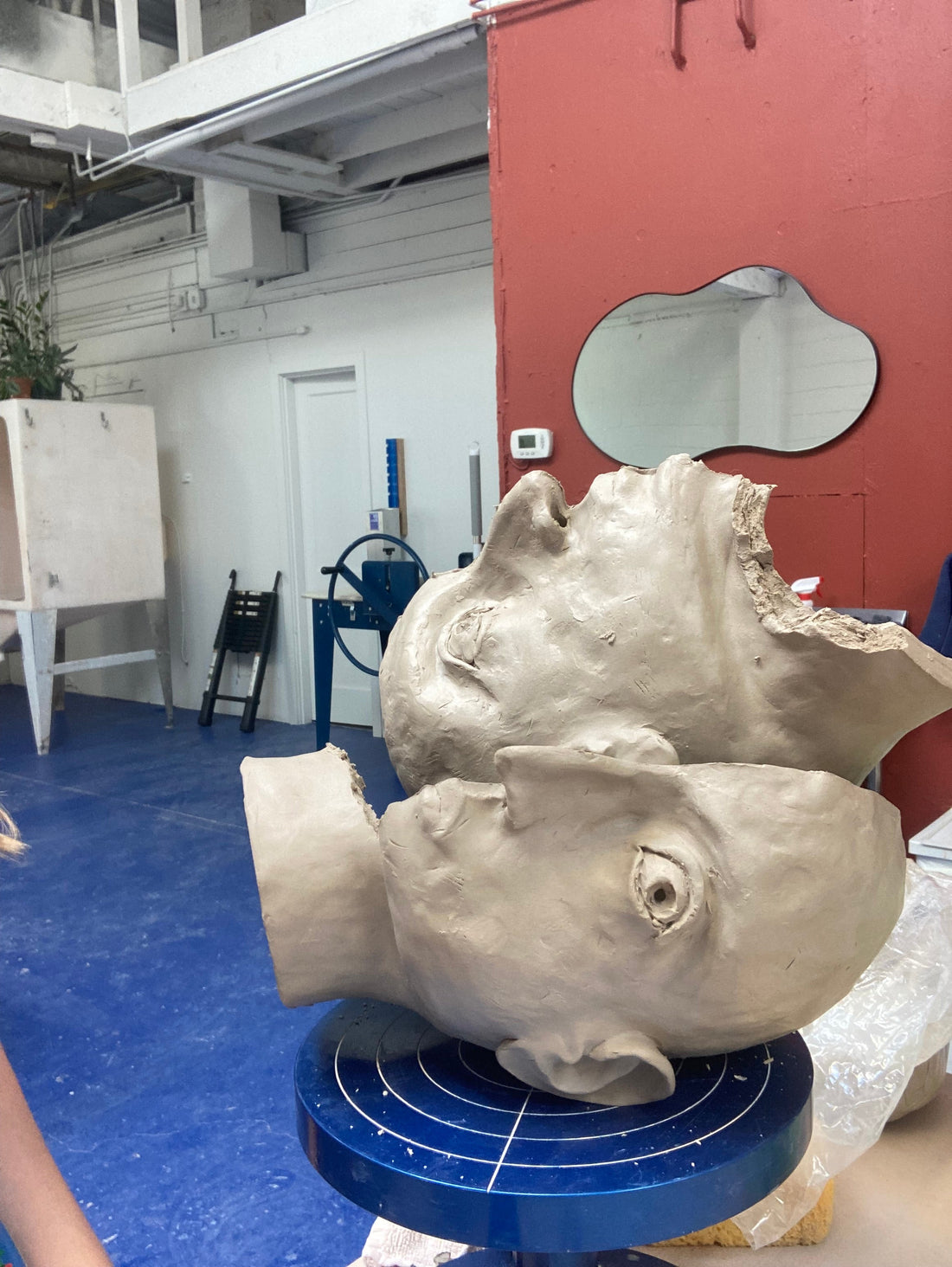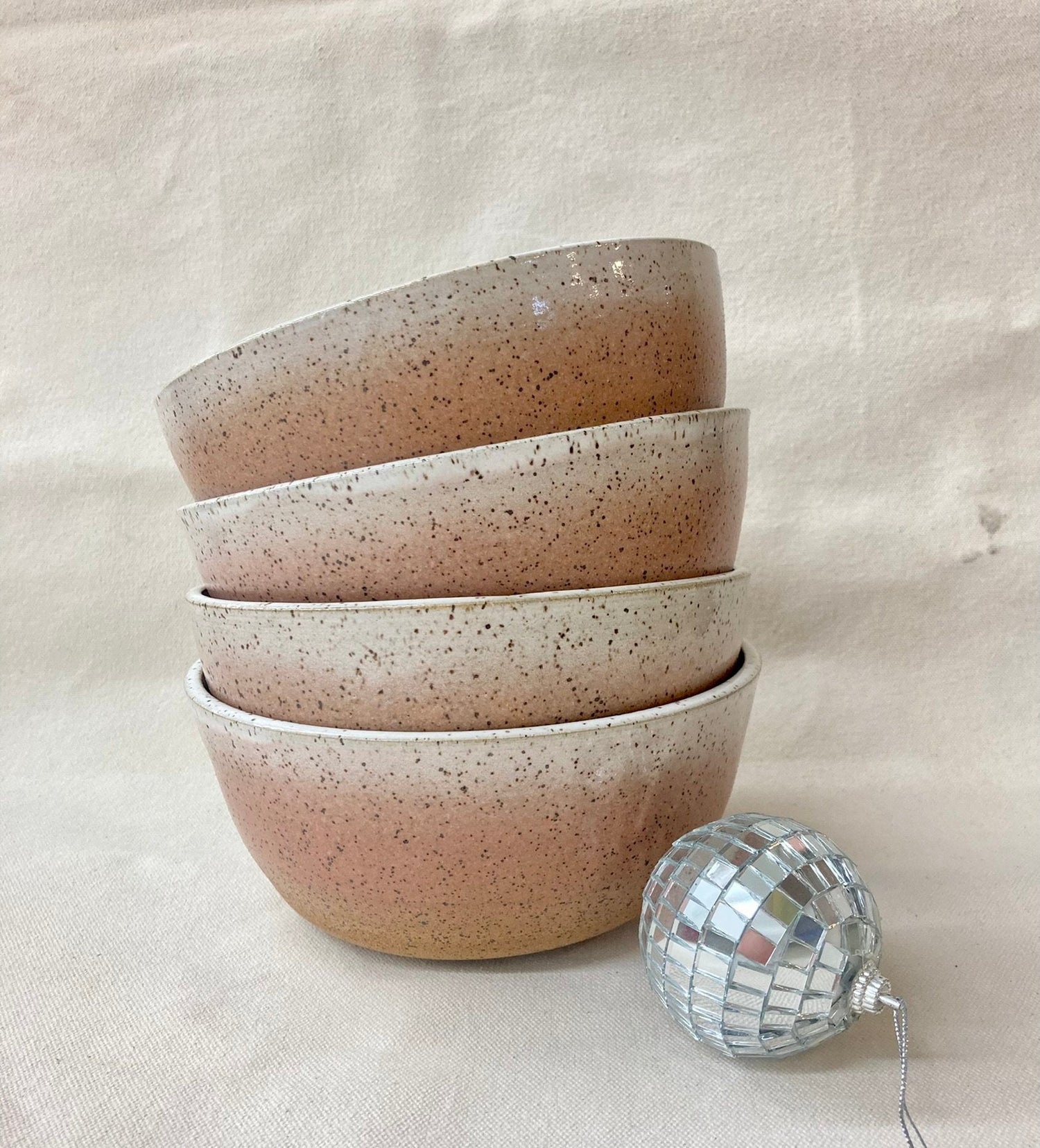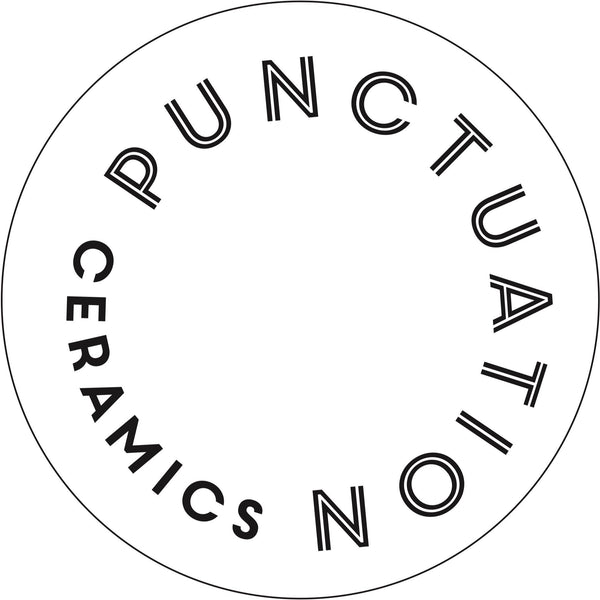
Entering my Dionysian Era
Share
Last week, rather than listening to the barrage of horrific news, hot takes on horrific news, and analysis of why this news is more or less horrific than it seems, I decided to listen to a three part philosophy podcast on the 19th Century German philosopher Friedrich Nietszche. Over the course of my walks and runs for a few days, a philosophy professor calmly explained the basics of some of Nietszche’s foundational ideas, his views of humanity, and his critiques of the philosophers and thinkers that came before him. I don’t think I absorbed it all. But I did come away with a clearer sense of my artistic goals for this year.
One might assume that Nietszche would be an appropriate philosopher to revisit right now because of his views on power, religion, and herd mentality. But that’s not what drew me into Nietszche’s work this time around. I’m interested in what he has to say about art. And one lecture into the series, my mind was ping ponging all over the place with ideas about how these concepts might apply to my own art practice. Nietszche’s work isn’t new to me. I read several of his books in graduate school because his writing played a pretty major role in my study of literary criticism. But this isn’t an essay about Nietszche (YOU’RE WELCOME. I will shut up about him soon). It’s about what makes good art, and how I’m trying to change my own approach to making ceramics.
Okay, I can’t shut up about Friedrich just yet, but I promise we are getting to the good stuff. Despite many annoying philosophy dudes wanting to go on about Ubermensch and “God is dead,” I’m interested in what Nietszche says about art in his book The Birth of Tragedy. His theory was basically this: Good art–art that gets at the complexity, confusion, joy, suffering, and chaos of the human experience–has to contain what he calls Apollonian and Dionysian qualities. Apollo and Dionysus were Greek gods and sons of Zeus. For Nietszche (we’ll call him FN from now on), Apollo represents logic, order, rationality, individualism, and reason, while Dionysus (famously the god of wine and song) represents passion, emotion, chaos, unity, and pleasure. FN believed that when we create art or philosophy that relies entirely on the Apollonian qualities of rationality and order, we miss a huge part of the human experience, and that we cannot passionately and joyously affirm life without embracing the Dionysian as well. He was convinced that ever since Socrates popularized logic and reason, society began to worship order and rationality, and we were no longer producing art that embraced the messiness and the beauty of the human experience, which is simply not rational and orderly, but at once terrifying, chaotic, ecstatic and intoxicating.
I vaguely remembered reading all of this in graduate school, but it took on a new life this time around. Of course FN is most interested in applying this to writing and philosophy, but I couldn’t help but make it about me (FN would approve of this). The qualities of Apollo so perfectly describe what I’ve been doing with my ceramics practice for the past 10 years, from the order and precision of making large batches of identical wheel-thrown pieces to the practicality of monetizing my work and turning it into a business. But lately I have been longing for the Dionysian. My work is more about what’s pleasurable, expressive, and celebratory. It’s not precise or repeatable, and (so far at least) it’s not monetizable either. This is true in my writing practice too. The desire for precision, flawlessness, and focus has stunted my ability to write more. I want to harness the white-hot energy of writing that flows without hesitation, and the freedom to put it into the world without worrying so much about whether it says the right thing–or anything at all.
But FN reminded me that the goal is not to be one or the other. That art is the most life-affirming when it makes space for order and chaos, beauty and terror, individualism and unity, agony and ecstasy. Never has that message felt more important than now. I have been dwelling in the realm of Apollo for a long time, but I’m entering my Dionysian era.


1 comment
This makes total sense to me. Maybe that’s why I’m so drawn to art.